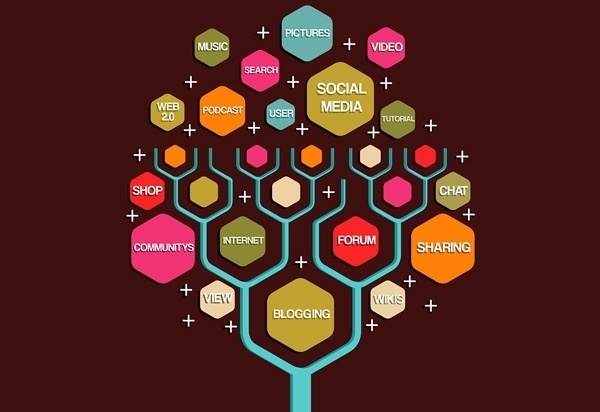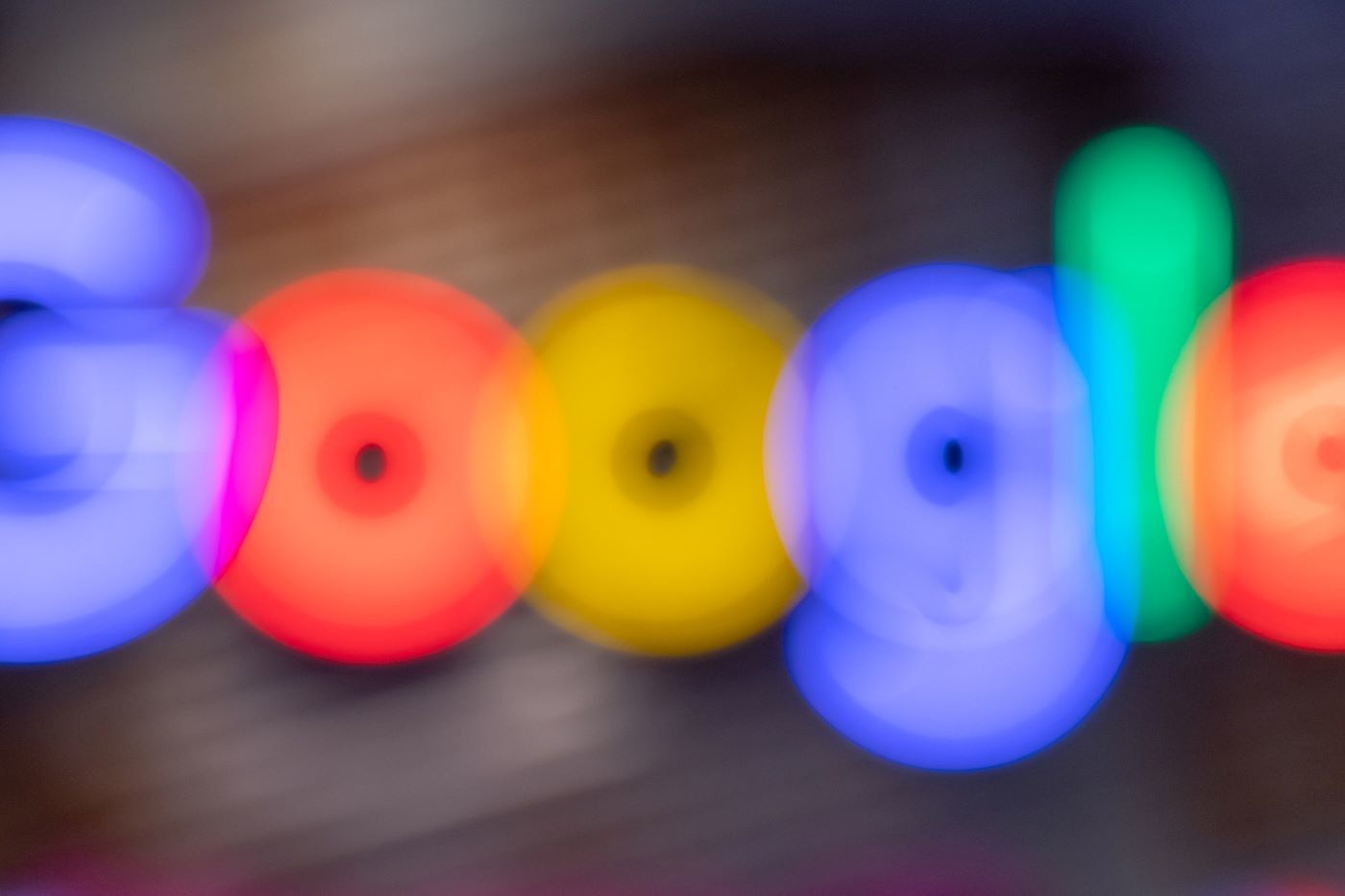 When you’ve got thousands of employees, each with their own viewpoint and ideologies, the public openness of social media can be daunting. Some businesses ban it outright. You can’t discuss work, should never mention what you’re doing or maintain any form of association online. Essentially, they want to create a clear distinction between the individualism of the employee and the collective of the company.
When you’ve got thousands of employees, each with their own viewpoint and ideologies, the public openness of social media can be daunting. Some businesses ban it outright. You can’t discuss work, should never mention what you’re doing or maintain any form of association online. Essentially, they want to create a clear distinction between the individualism of the employee and the collective of the company.
Others choose to embrace it. They provide employees with training and then let them loose to actively discuss their activities, respond to queries and promote events/activities/content to the wider world. However, the bigger the business, the bigger the challenge becomes. So is social media a risk worth taking?
The one thing that all brands and businesses fear is the rogue Tweet or inappropriate Facebook update. A whole business can become guilty by association and, as we have seen many times in the past, this can develop into a PR meltdown. Kenneth Cole has done it, Chrysler sacked their agency for a major aberration and plenty of others have faced the wrath of social media users for a slip of the tongue (or the finger).
But away from the main company account, you can have dozens, hundreds or even thousands of individual ‘ambassadors’ for a brand. Here at Koozai, everybody has a Twitter account. However, that doesn’t mean that we all write the same things, tweet the same news stories or follow a particular path. So despite our collective focus, we each have an individual identity.
Business Profiles Vs Personal Profiles
This kind of branded Twitter account works for smaller businesses particularly well. However, it really isn’t transferable to multi-national corporations. This is why you’ll often find that the biggest companies have one overarching account, as well as a few smaller departmental presences and possibly a dedicated customer services channel. As such, if you are going to allow staff to manage a social media presence, the likelihood is that it will be on personal profiles. This is a risk, but one that can be hugely rewarding.
Let’s say you’re running a promotion or have a new advert that you want to share with the world. You might create a PR, send it out and see where it gets picked up. You could promote it on your website, through your official Facebook and Twitter accounts and create an email campaign.
However, as effective as these methods are, they miss out on many of the viral elements that the real-time Internet now affords. For instance, you can send out your press release, hope it gets picked up in the media, then keep your fingers crossed that your target audience reads it and finally, that those people decide to pay you a visit. The reward for a good PR is huge, but equally there is an inherent cost that makes failure very expensive indeed.
A lot of direct marketing, either through email or to your followers on social media sites will end up going to people who are already aware of your brand and, more likely than not, have already used your services. Whilst this might encourage them to return, it’s unlikely to seek out a new audience and encourage new growth (as shown below).

The multiplying effect of social media makes it a completely different animal though. Let’s say you’ve been featured in a national newspaper. That’s great exposure. However, it is limited to those people who picked up the ‘paper and thumbed through to your story. So, to give it more momentum, find the online version and ask employees to talk about it within their social profiles.
Even if only a fraction of your staff decide to share this story, you will have potentially opened up a market of thousands of new friends and followers. Again, working on a principle of small fractions, if the friends of your employees then pass it on to their followers, suddenly you could be looking at tens of thousands of eyes all seeing your brand.

There’s no control over how well or poorly this kind of marketing will go, which could certainly be cause for concern for some. However, it is a fantastic complement to existing techniques. It is also a very natural and human way of distributing news quickly. It doesn’t have to be scripted or forced, the more natural it is, the better it is likely to be.
Using Social in a Combined Strategy
Better still, it’s absolutely free. You simply harness the natural numbers that you have available to you (your staff) and make them aware of various things that are going on within the company that they may choose to share with friends. In the past, that kind of exposure would be very costly indeed and it would be difficult to track.
Again, if you were looking to see how effective your social media was in capturing visits, then you could use unique URLs to drive traffic (assuming that the target page is on your site). Therefore, when reviewing your Analytics data, it would be easy to differentiate between search traffic, direct visits and those who have seen a Tweet, a LinkedIn message or a Facebook update.
To return to the riskier side, because potentially thousands of people are going to see what your employees are sending out, it’s important that they understand the corporate guidelines for social media usage. After all, the last thing you want is to have your marketing efforts destroyed by a wayward message. Social media isn’t brain surgery; most people understand what they can and can’t say – particularly where their job is concerned. So providing a few guidelines to help provide a clear understanding of what is acceptable and what isn’t will help to make everybody aware of what the boundaries are.
If something does go wrong, make sure you deal with it. Provide an appropriate response. So if it’s a major mistake, apologise, if it’s a bit of a faux pas, laugh it off. Overreacting can be just as damaging as ignoring a problem, so make sure you keep on top of everything and be considered at all times.
Risk and Reward
Social media in the workplace is both risky and massively rewarding. However, ignoring it entirely could be more damaging than trying and having a few blips. After all, the bigger your online visibility becomes, the easier it is to respond to criticism. So from a customer services point of view and a marketing perspective, your social network could be invaluable.
It should become very organic, with people naturally discussing your brand and sharing content on your behalf without any prompting. This kind of loyalty isn’t easy to secure, but it is hugely beneficial if you can harness it properly. Whilst employees might provide the initial awareness of a promotion, it is their extensive list of friends and connections that can really help it to take off.





Leave a Reply